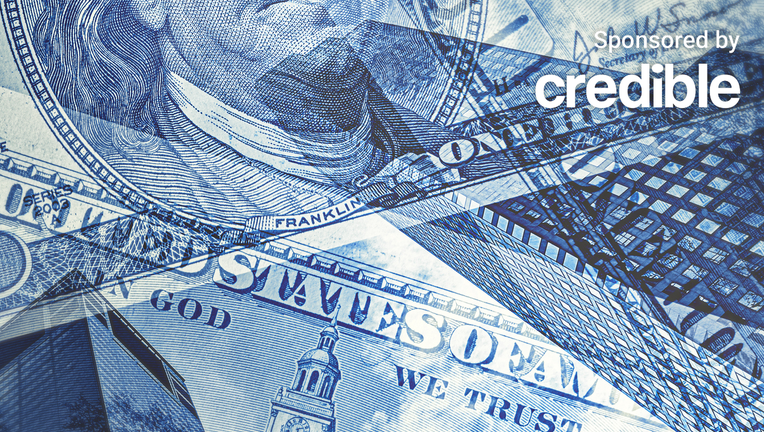Student loan defaults could rise to historic high without debt relief: Education Department

A record number of student loan borrowers could go into default without federal student loan forgiveness, an Education Department official warned. (iStock)
Student loan default could become a reality for millions of borrowers if President Joe Biden’s student loan forgiveness plan doesn't come to fruition, according to a Department of Education official.
"Unless the [Education] Department is allowed to provide debt relief, we anticipate there could be a historically large increase in the amount of federal student loan delinquency and defaults as a result of the COVID-19 pandemic," James Richard Kvaal, Department of Education undersecretary of education, said in a court filing.
The filing comes shortly after a block on the federal student debt relief plan was extended by the 8th U.S. Circuit Court of Appeals, as part of an ongoing lawsuit brought against the Education Department by six states.
The student loan relief plan calls for up to $10,000 in cancellation of federal loans per borrower and up to $20,000 for those who used Pell Grants in college.
But if the plan is permanently struck down in the court system, Kvaal warned that borrowers who would have had their entire student loan debt erased would be most affected. That accounts for 18 million borrowers, the undersecretary said.
The current federal student loan payment freeze is set to expire on Dec. 31. More than half of student loan borrowers said they will not or may not be able to make payments when the pause lifts, according to a study by Morning Consult.
If you hold private student loans that don't qualify for federal student loan forgiveness, you could consider refinancing to a lower interest rate to reduce your monthly payments. You can visit Credible to find your personalized interest rate without affecting your credit score.
TEXAS FEDERAL JUDGE BLOCKS BIDEN'S STUDENT LOAN FORGIVENESS
What happens if you go into student loan default?
Going into student loan default generally means that borrowers immediately owe any remaining balance plus accrued interest and they lose many federal benefits like the opportunity to apply for a new repayment plan that can lower their monthly payments, according to Kvaal.
Borrowers in default can even have their wages garnished and be denied additional student aid. Borrowers generally go into default after 270 days of missed payments, according to StudentAid.gov.
"The consequences of defaulting on federal student loans are severe," Kvaal said.
If you're having difficulty making student loan payments, you can consider refinancing your private student loans to lower your interest rate and your monthly payments. Visit Credible to compare interest rates to find one that works for you.
BIDEN ADMINISTRATION REVISES STUDENT LOAN FORGIVENESS FOR SOME BORROWERS
Will the federal student loan pause be extended?
The Biden administration previously stated that the pause on federal student loan repayment would be extended one final time through Dec. 31st, and that borrowers should expect to resume payment in January.
However, as Biden’s student loan forgiveness plan undergoes legal challenges, some advocates have called for an extension to the payment pause. Student Borrower Protection Center (SBPC) Deputy Executive Director Persis Yu said in a statement that the federal appeals court's recent ruling was "a tragic reminder of the tightening grip that special interests have on our legal system."
"The Biden administration cannot now resume payments on January 1st," Yu said. "It must use all of its tools to fight to ensure that borrowers receive the debt relief they need."
If you have private student loans, these won't qualify for any federal loan forgiveness. However, you can consider refinancing your loan to a lower rate to help you save on your monthly payments. Visit Credible to speak to a student loan refinancing professional to see if this option is right for you.
BIDEN ADMINISTRATION ANNOUNCES STUDENT LOAN INCOME-DRIVEN REPAYMENT PLAN CHANGES

